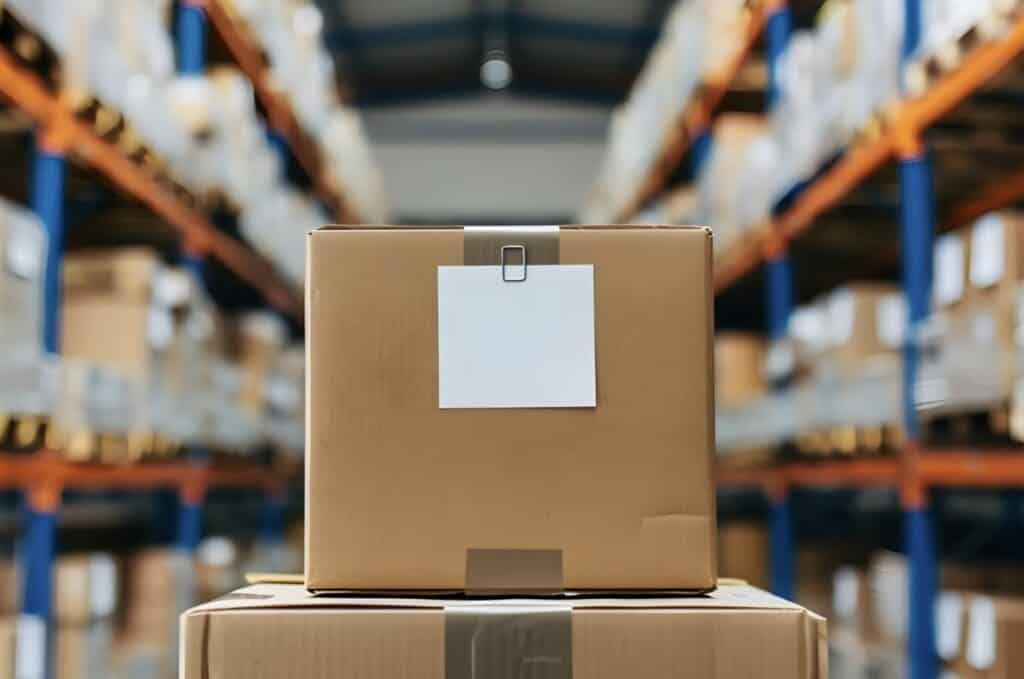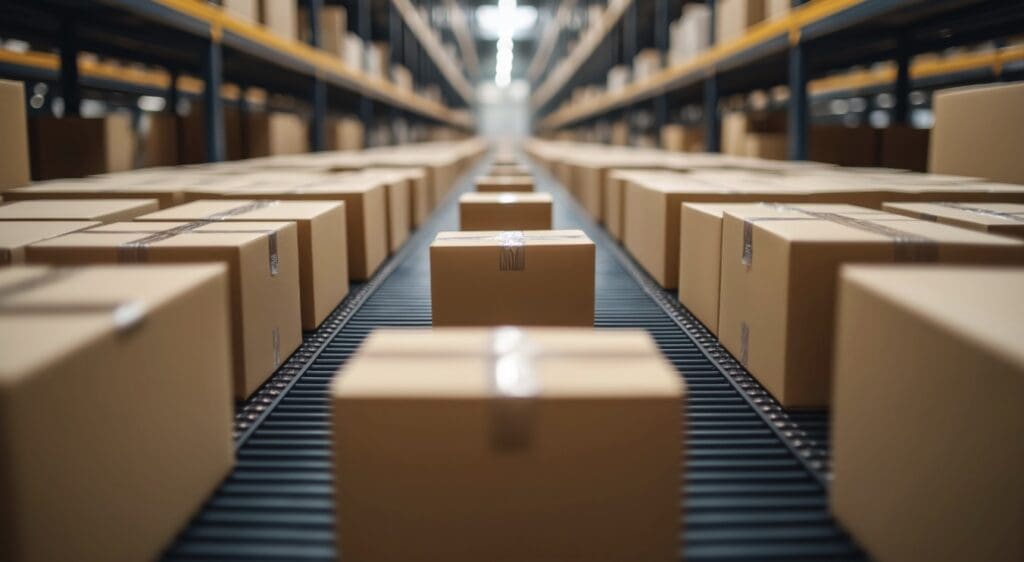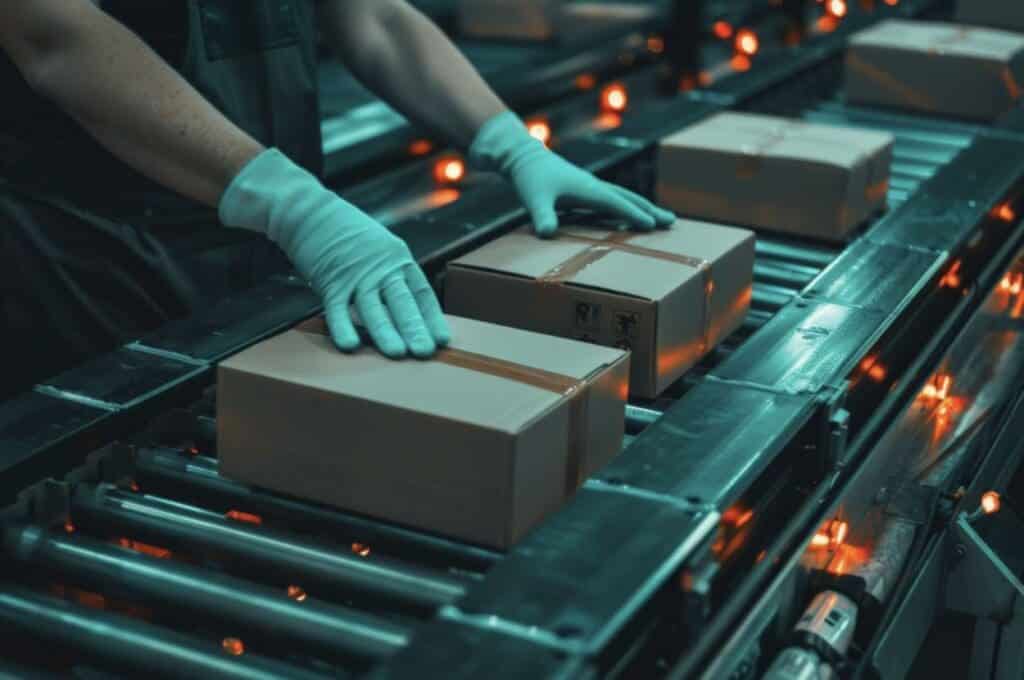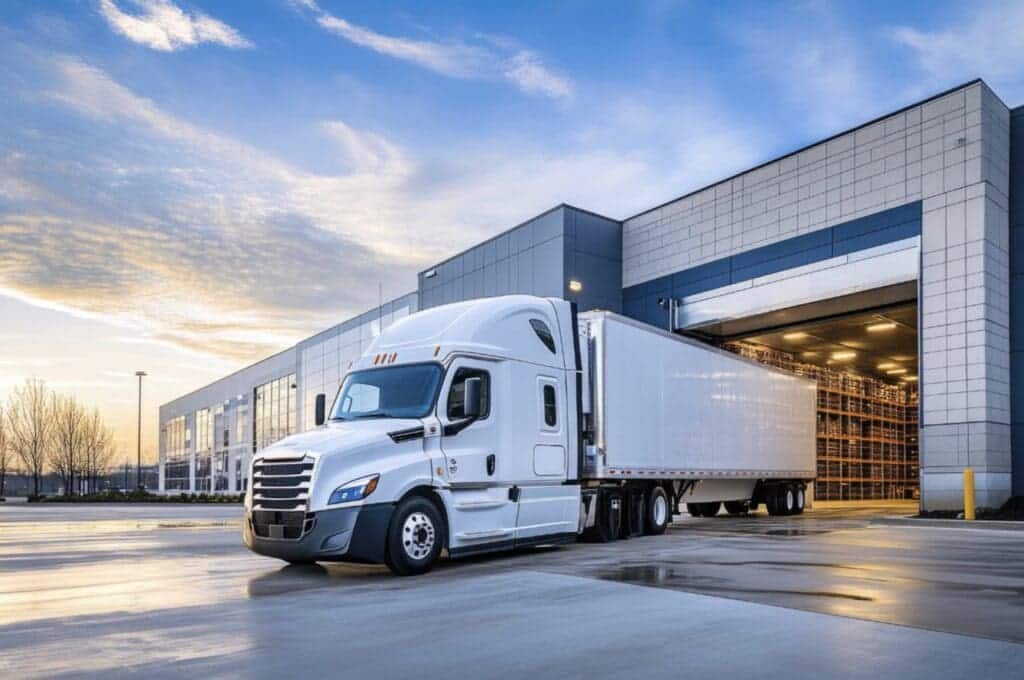The intricate dance of supply chain management is both an art and a science, requiring a comprehensive understanding of multiple facets to ensure seamless operations. At the heart of a well-oiled supply chain lies the need to synchronize the rhythm of market demands with the capabilities of technology, balanced delicately with the robustness of risk management practices.
While the panorama of supply chains presents a complex landscape, certain critical factors remain front and center. Illuminating the pivotal aspects of market and demand analysis, the progression towards technology integration, the steadfast approach to risk management, the nurturing of supplier relationships and ethics, as well as the finesse required for logistics and distribution optimization, this exploration seeks to arm stakeholders with the insight needed to design and execute a supply chain that not only meets but exceeds the expectations of an ever-evolving marketplace.
Table of Contents
- Market and Demand Analysis
- Technology Integration
- Unlocking Efficiency: Key Technologies Elevating Supply Chain Management
- GPS and RFID Tracking: Precision and Transparency Redefined
- IoT and Smart Sensors: An Informative Ecosystem of Connectivity
- Cloud-Based Systems: Collaboration on a Global Scale
- Advanced Robotics and Automation: Endless Capabilities
- Blockchain: The New Kid on the Block of Trust
- Analytics and Big Data: Predictive Powers
- Additive Manufacturing: Customization at your Fingertips
- Risk Management and Resilience
- Logistics and Distribution Optimization
- Related Questions
Market and Demand Analysis
How Market Trends and Consumer Demand Shape Supply Chain Design
In today’s fast-paced business environment, understanding the interplay between market trends and consumer demand is crucial for creating an efficient supply chain design. A savvy entrepreneur knows that the key to success is not just offering a product or service but doing so in a way that aligns with the shifting sands of the market and the intricate desires of the consumer.
Firstly, let’s look at the impact of consumer demand. In the age of customization and instant gratification, consumers want products tailored to their specific needs and delivered at lightning-fast speeds. Supply chains must pivot from traditional practices to adopt a more nimble approach. They need to shorten product life cycles to stay relevant and embrace technologies like data analytics to forecast demand patterns and adjust inventory accordingly.
Riding the wave of market trends means staying ahead of the curve. The rise of e-commerce, for example, has drastically shifted consumer buying behavior, pushing supply chains to develop seamless online purchasing processes, real-time order tracking, and efficient returns management. Integration with AI and robotics for picking and packing orders is no longer the stuff of sci-fi; it’s a reality for businesses looking to streamline operations and slash delivery times.
Sustainability is an emerging trend that can no longer be ignored. With a growing chorus of eco-conscious consumers, supply chains must reinvent themselves to prioritize green practices. This could mean sourcing materials locally to reduce carbon footprint, investing in renewable energy sources, or adopting a circular economy model where waste is minimized and resources are recycled.
Factor in the unpredictability of external forces like geopolitical tensions or pandemics, and supply chain design morphs into a complex yet fascinating puzzle. Supply chains must be fortified with contingency plans to tackle disruptions head-on, ensuring that the entire chain doesn’t collapse when one link breaks. Flexibility, then, becomes the linchpin of a robust supply chain.
Collaboration across sectors is also vital. Establishing partnerships with logistics companies, suppliers, and distributors forms a cohesive network that thrives on information sharing and mutual support. By harnessing this network’s collective intelligence, a business can anticipate market shifts and tweak its supply chain accordingly.
In summary, a brilliant supply chain design isn’t just a static asset in business; it’s a living, breathing entity that evolves constantly with market trends and consumer demand. It’s this adaptive quality that separates dynamic businesses from the rest. And as the market continues to evolve, rest assured, so will the ingenious solutions entrepreneurs craft to meet these needs. There lies the joy and challenge of doing business today – constantly changing, never standing still.

Technology Integration
Unlocking Efficiency: Key Technologies Elevating Supply Chain Management
In the dynamic domain of supply chain management, the role played by cutting-edge technologies cannot be overstated. If businesses aspire to climb the efficiency ladder, staying current with technological advancements is not just advantageous—it’s imperative. Here’s the lowdown on the pivotal technologies transforming the supply chain landscape.
GPS and RFID Tracking: Precision and Transparency Redefined
The integration of GPS and RFID technologies has revolutionized tracking and inventory management. Real-time data provided by these tools enables visibility into the movement of goods, ensuring that products can be traced from origin to destination with pinpoint accuracy. This boosts transparency and significantly reduces the risk of lost or misrouted items, making product flow smoother.
IoT and Smart Sensors: An Informative Ecosystem of Connectivity
Smart sensors and IoT devices are integral to modern logistics, delivering a stream of data that’s invaluable for optimizing operations. These devices monitor conditions in real-time, from the temperature of a cargo hold to the performance analytics of transport vehicles. Terabytes of data transmitted through IoT networks empower proactive decision-making to mitigate risk and enhance efficiency.
Cloud-Based Systems: Collaboration on a Global Scale
Cloud computing has emerged as a cornerstone for collaborative, streamlined supply chains. Centralizing data facilitates real-time updates and access across regions and departments, uniting teams and decision-makers irrespective of location. This global interconnectedness portends agility, enabling supply chain entities to pivot swiftly in response to market shifts or logistical hiccups.
Advanced Robotics and Automation: Endless Capabilities
Robotics and automation are no longer the future—they’re the present. In distribution centers and warehouses, robots adeptly maneuver through aisles, picking and sorting with precision and speed that outmatch human capability. Automation extends beyond physical labor, permeating administrative tasks, minimizing human error, and liberating staff to focus on more complex, strategic initiatives.
Blockchain: The New Kid on the Block of Trust
Imagine a supply chain impervious to tampering, where transparency reigns supreme. That’s the promise of blockchain. Blockchain provides unparalleled security and transaction trust as an immutable digital ledger system. From verifying the authenticity of products to ensuring contractual compliance, blockchain’s potential to build trust and reduce fraud is vast.
Analytics and Big Data: Predictive Powers
Harnessing big data and analytics is no longer a luxury but a necessity for those looking to stand out. Sophisticated analysis can forecast demand, optimize routes, manage inventory, and predict maintenance, all contributing to a leaner, meaner supply chain. With predictive powers, businesses can sidestep disruptions and position inventory precisely where and when needed.
Additive Manufacturing: Customization at your Fingertips
3D printing, or additive manufacturing, has quietly crept into the supply chain vernacular. Allowing for on-demand production closer to the end user slashes lead times and inventory costs. Customization opportunities abound with 3D printing, enabling manufacturers to offer personalized products without the typical delay or expense.
Optimizing the supply chain is akin to conducting a world-class orchestra – all the technological instruments must play in harmony. These critical technologies are the maestros, orchestrating a symphony of efficiency, transparency, and resilience. With these tools at their disposal, businesses can not only expect to navigate the complexities of supply chains but to master them with commanding ease.

Risk Management and Resilience
In an ever-evolving business landscape marked by frequent disruptions, organizations striving for continuity must prioritize building a resilient supply chain and proactively resistant to risks. The secret lies in the capacity to anticipate, adapt, and swiftly respond to potential supply chain upheavals with a well-honed strategy.
Diversifying the supplier base is an effective buffer against over-dependence on any single source. A robust supplier network, dispersed geographically, can ensure that if one link falters, others can pick up the slack. Suppliers should be evaluated on cost-effectiveness, reliability, communication, and contingency planning.
The implementation of just-in-time (JIT) inventory systems can be a double-edged sword. While it minimizes holding costs and ensures fresh inventory, it leaves little room for error or disruption. Hence, a modified approach that combines the lean efficiency of JIT with a strategic safety stock can protect against sudden market shifts. This delicate balance calls for meticulous planning and precise execution.
Every resilient supply chain is deeply interwoven with technology. Investing in technology solutions that enhance visibility throughout the supply chain is non-negotiable. Real-time data tracking tools enable proactive decision-making, while predictive analytics can signal disruptions before they strike, affording precious time to mitigate impact.
Amidst all these strategies, never underestimate the power of building strong relationships—within the organization and with external partners. Involve all stakeholders in risk assessment and have clear, open lines of communication. This fosters a culture of collective responsibility and innovation, which is vital for navigating supply chain management’s unpredictable tides.
A resilient, risk-averse supply chain isn’t built overnight. It’s a continuous process that adapts to an organization’s growing needs and the unpredictable ebb and flow of global markets. The cornerstones of a stalwart supply chain are investing in technology and relationships, balancing efficiency with preparedness, and maintaining a diverse supplier base. With a calibrated approach that matches the dynamism of today’s business environment, organizations can stand ready to face the future’s uncertainties.

Logistics and Distribution Optimization
Leveraging efficiency at every turn has been a pivotal focus in the pursuit of optimal logistics and distribution networks.
The logistics landscape is one where stagnation equates to obsolescence. Thus, contemporary strategies emphasize the elasticity of operations, ensuring systems are honed to adapt to dynamic market demands with precision.
Cutting-edge technological implementation is one strand of this multifaceted endeavor.
The orchestration of a network that buzzes with efficiency often involves the sophisticated employment of AI to parse through complex datasets, enabling the anticipation of delivery challenges and customer preferences with unprecedented accuracy.
This AI-enabled foresight ensures that inventory is not just available but strategically positioned closer to end consumers for rapid fulfillment, establishing a logistical symphony that is music to the ears of efficiency aficionados.
Moreover, embracing an agile supply chain is not mere lip service but necessitates embracing modularity in operations.
This modular approach allows for scaled responses to sudden order influxes or dips, akin to a responsive organism that grows or contracts its appendages as required.
It’s about being adept at the logistical tango—a seamless step forward in automation for peak seasons and a graceful step back for lean periods.
Interconnectivity, too, is a cardinal point in this grid of efficiency.
Rigorous platform integration brings various moving parts into a harmonious balance, where communication is a function and a strategic asset.
Real-time networks that bind warehousing, distribution, customer service, and transportation into one cohesive interface facilitate incisive decision-making and obliterate the silos of yesteryear that fragmented efficiency.
Human talent must be allocated with precision, in conjunction with their robotic counterparts, where their skills are most impactful.
Empowering the workforce with tools that enhance productivity and satisfaction – from apps that streamline daily tasks to ergonomic workspaces that boost morale and output – is an investment in the ongoing excellence within logistics networks.
Determining the carbon footprint in the operational blueprint is imperative to engineer a truly optimized distribution framework.
Green logistics isn’t just a nod to environmental stewardship but a strategic pivot that garners consumer loyalty and drives down long-term operational costs through sustainable practices.
From alternative fuel vehicles to energy-efficient warehouses, the nexus of eco-conscious logistics is formed – because efficiency today is judged not solely through the lens of speed and cost but also through the prism of planetary impact.
As distribution channels become increasingly complex, eschewing the linear for the labyrinthine, the role of machine learning and predictive analytics becomes ever-prominent.
Decoding the patterns within this maze allows for a prescient approach to logistics, aligning inventory with anticipated demand surges and nullifying the space between product and purchaser.
In conclusion, optimizing logistics and distribution networks for maximum efficiency is a perpetual quest to harmonize the symphony of supply chain elements.
It’s about embracing innovation and maintaining a relentless pursuit of agility, precision, and sustainability.
The blueprint for tomorrow’s optimized network is drawn with the ink of continual evolution – for in logistics, to excel is to advance.

In the tapestry of modern supply chains, the threads of effective management practices create a resilient and responsive system able to withstand the dynamics of global commerce.
As entities align their operational cogs—from predictive analysis to ethical compliance—they create a harmony that resonates with efficiency and customer satisfaction. These tightly interwoven elements offer a roadmap for businesses aspiring to reach the pinnacle of supply chain sophistication. By embracing these principles, organizations can pave the way for success, securing a competitive edge and a lasting impact in the markets they serve and the world they operate within.
Find out more about how Mondoro can help you create, develop, and manufacture excellent home decor and furniture products – don’t hesitate to contact me, Anita. Check out my email by clicking here or become a part of our community and join our newsletter by clicking here.
Mondoro gives out a FREE Lookbook to anyone interested. You can receive a copy of our latest Lookbook by clicking here.
Listen to our Podcast called Global Trade Gal. You can find it on all major podcast platforms. Try out listening to one of our podcasts by clicking here.
Subscribe to our Mondoro Company Limited YouTube Channel with great videos and information by clicking here.
Related Questions
What is Bamboo that is Used in Home Decor Production?
Bamboo is in many ways a misunderstood plant. Many people think it is a tree as it is so strong and flexible, but it is in fact, from the grass family. Due to the inherent nature of the bamboo plant, having bamboo products or a bamboo plant in your home is considered to be auspicious for your home. There are many bamboo items that we really love to have in the home, such as spun bamboo, bamboo glasses, and bamboo straws.
You can find out more by reading out blog Bamboo – An Auspicious Plant For Your Home by clicking here.
What is Spun Bamboo Used in Home Decor Development?
Spun bamboo was invented in Vietnam over 800 years ago as a way to give a cheaper alternative to the home decor and home utensil materials that were then being used. Spun bamboo is called spun bamboo as it is spun out pieces of bamboo and then the bamboo pieces are glued together into a form. This production of spun bamboo helps women in these villages to earn an extra income. Spun bamboo is a great natural product and can be used in a variety of home decor and kitchen products.
You can read more about Spun Bamboo which is used in Home Decor and home furniture product development by reading our blog What is Spun Bamboo? Using Spun Bamboo in Product Development by clicking here.

